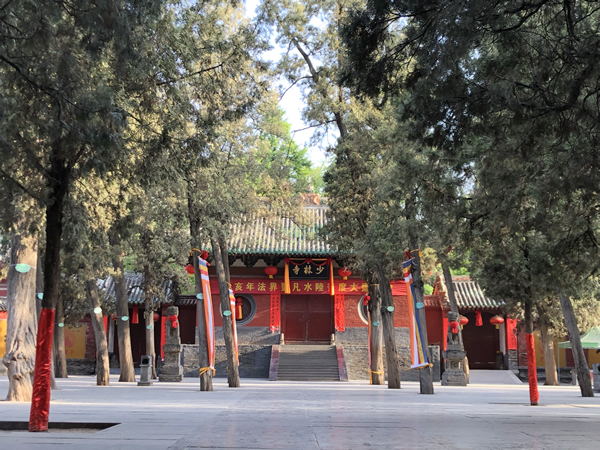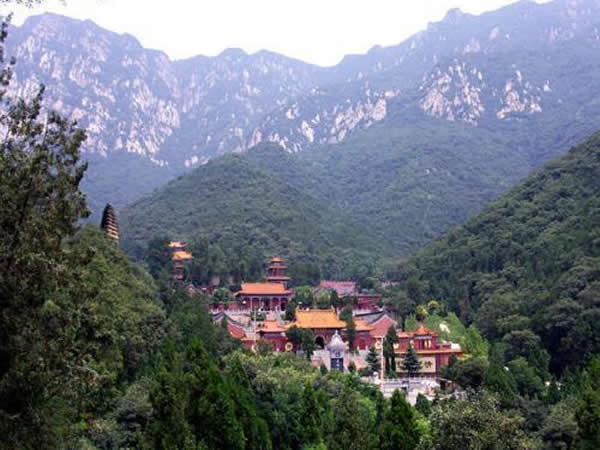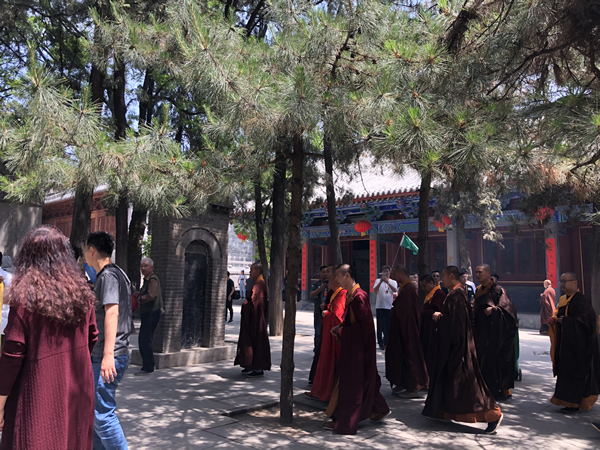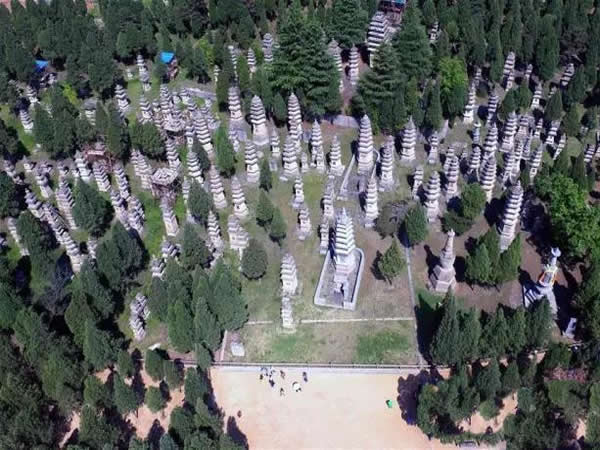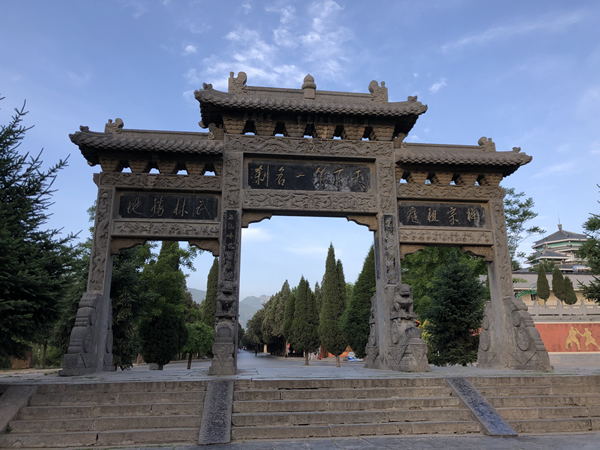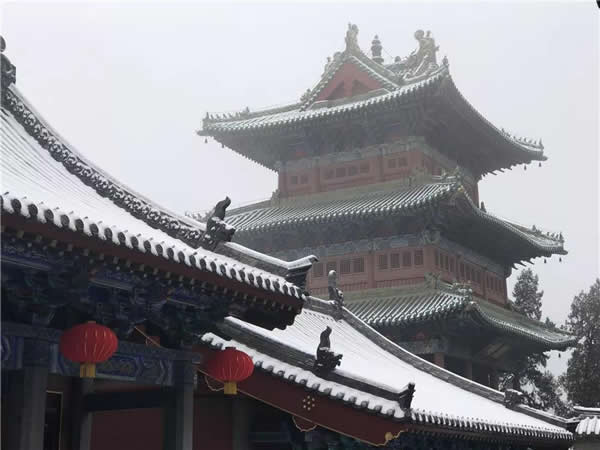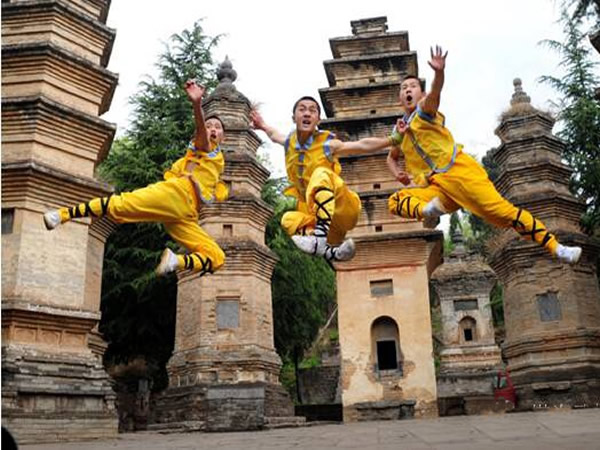Shaolin Temple (Chinese: 少林寺; pinyin; Shàolín sì) also known as the Shaolin Monastery. Shaolin Temple is a Chan (“Zen”) Buddhist temple and was established in 495A.D. at the western foot of Song Mountain, 13 kilometers northwest to Dengfeng City, Henan Province, China. Shaolin Temple literally means ‘temple in the thick forests of Shaoshi Mountain’.
The Shaolin Temple was built in 495 AD by the then- Emperor Xiaowen of the Northern Wei Dynasty (386-557) for the Indian monk Batuo (Buddhabhadra). Thirty two years later, another Indian monk Bodhidharma arrived at Shaolin temple. He is the first monk preaching Chan doctrines here, thus was honored as the first Patriarch of Chinese Chan. Thereafter, Shaolin Temple was recognized as the origin of Chan Buddhism.
Besides, it is known that martial arts have been practiced at the temple throughout its history. A legend had it that Bodhidharma found monks weak and unhealthy after long time meditation practices, so he developed the martial arts to strengthen them, which formed the basis of Shaolin Kung fu. However the unique aspect of Shaolin culture is the combination of Shaolin Kung Fu and Chan Buddhism.
Situated at the Song Mountain, the Central Sacred Mountain, the temple was frequented by generals and emperors. Until its modern renaissance, the golden age of the monastery has been said to be during the Tang Dynasty (618-907 AD). At the beginning of the seventh century, a tiny army of 13 Shaolin monks were reputed to have saved future Tang Dynasty emperor Li Shimin. When he took power, Li showered favors, land and wealth on the temple, then it thrived as a Kung Fu center, with masters from around the country.
Shaolin Temple peaked in the Ming Dynasty (1368-1644) and began to decline in the Qing Dynasty (1644-1911). At its heyday, it housed more than 3,000 monks. The long history includes destructions and reconstructions, with the most devastating one in 1928 by warlord Shi Yousan, when a blaze raged for more than 40 days destroying nearly all the temple’s classics and records. Upon successive renovation, most architectures of Shaolin Temple have been restored or under reconstruction now.
Shaolin Temple and its Pagoda Forest were inscribed as a UNESCO World Heritage Site in 2010 as part of the “Historic Monuments of Dengfeng”.
Shaolin Temple Building
The temple’s inside area is 160 by 360 meters (520 ft × 1,180 ft), that is, 57,600 square meters (620,000 sq ft). It has 7 main halls on the axis and 7 other halls around, with several yards around the halls. Shaolin Temple embraces many exciting attractions, such as the Hall of Heavenly Kings (Tian Wang Dian), the Mahavira Hall (Da Xiong Bao Dian), the Pagoda Forest (Ta lin), Ciyun Hall, the Dharma Cave, Abbot’s Room and other buildings.

